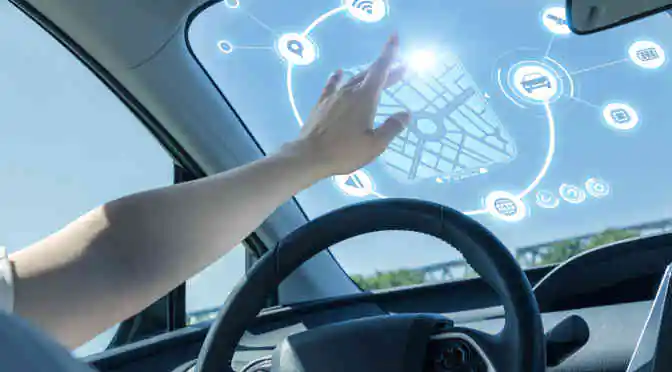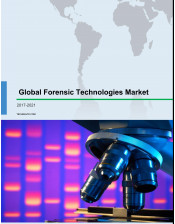With an increase in terrorist attacks, cyber threats, crime, and violence on a global scale, the need for effective forensic solutions is more critical than ever. In fact, the global DNA forensics market is expected to grow at a CAGR of over 20% between 2016 and 2020. DNA forensics is best known for its role in solving crime, but today it is being used in a number of sectors including law enforcement, biodefense, healthcare, and personal security. Forensics is also no longer limited to just DNA; new technology has allowed for analysis of other living and non-living materials besides DNA. We’ll look at five ways forensics are advancing and developing, in terms of both DNA and other methods.
5 major advancements in forensics
DNA sequencing
DNA sequencing can go beyond just the basic DNA testing in order to allow for DNA profiling in cases where a body has decomposed. Before DNA sequencing, not having samples of an individual’s skin, clothing, or bodily fluids would make it extremely difficult to identify them. DNA sequencing allows forensic scientists to essentially reconstruct a unique DNA pattern derived from the analysis of bone or teeth samples, even years after the person’s death.
Facial reconstruction
By far one of the coolest advancements in forensics is 3D facial reconstruction. While facial reconstruction certainly has a long way to go in terms of accuracy, the fact that we can even get a sense of what someone looked like simply from their remains is key. 3D facial reconstruction is also important when it comes to verifying descriptions provided by victims or third parties, and could potentially prevent the improper identification of an individual in cases where DNA evidence is unreliable or has spread to other locations (i.e. blood).
Magnetic fingerprinting
Fingerprinting has been used by law enforcement for a while, but the fairly recent development of magnetic fingerprinting has allowed for advanced and efficient identification that works in conjunction with online databases. Further, this type of fingerprinting provides a clear, non-contaminated impression of a fingerprint, making it a much more reliable source of information. Magnetic fingerprinting is also used for security purposes on personal devices and in buildings that have restricted areas or require special entry privileges.
Laser ablation
Identifying criminals or those at the scene of a crime sometimes isn’t always as simple as obtaining their DNA, and sometimes it can be very difficult to do so. Known as LA-ICP-MS, laser ablation inductively coupled plasma spectrometry allows for the powerful analysis of solid samples through the use of laser beams. The laser beams essentially break down the samples into tiny particles, which are then digested, ionized, and put into a spectrometer for analysis. In simple terms, with LA-ICP-MS a piece of glass or concrete lifted directly from the crime scene can be matched with a tiny particle of the same material found on the clothing of an individual, potentially linking them to the crime.
Digital surveillance XFT devices
Perhaps one of the most interesting and unique advancements in forensics is digital surveillance in gaming systems. Cyber criminals are becoming increasingly clever when it comes to how and where they store information, and now they’ve begun using XBOX hard drives to hide files. XFT devices are being used to track down these files by giving forensic scientists and law enforcement specialist visual access to hidden data. XFT also comes equipped with recording capabilities, in order for the evidence to be obtained for later use, i.e. in court.
These are just a handful of the incredible ways in which the forensics sector is moving forward, helping to improve security, solve crime, and obtain the information needed to prevent future attacks.




